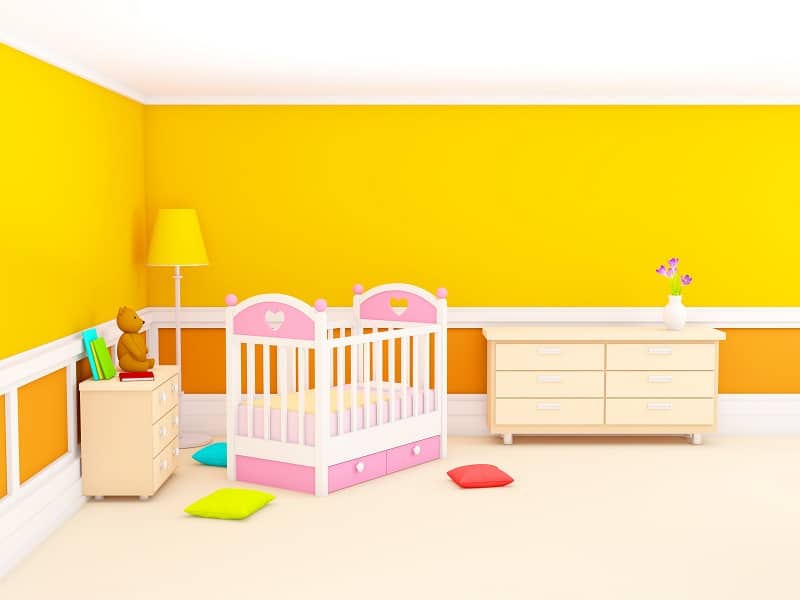Choosing the right colors for your baby’s bedroom can be a difficult journey, especially when there are so many baby room ideas out there.
Pastel colors used to be the most recommended option for creating cute spaces for babies because the soft colors are soothing. However, the modern interior design offers enough new trends that deviate from the traditional themes, especially for baby rooms.
Kindergartens that are interesting and stimulating for the baby do not have to be neutral. In fact, perhaps something bold could actually go well with the rest of the design of your home without overwhelming the baby room.
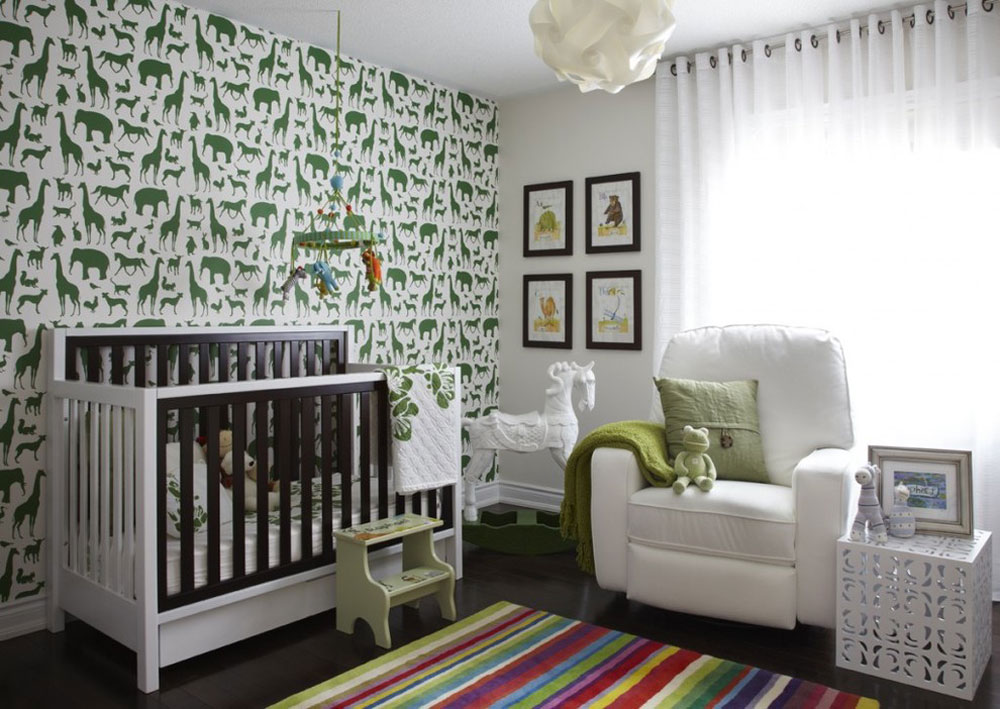 Image source: Dvira – interior design Toronto
Image source: Dvira – interior design Toronto
The psychology of the colors of baby room paints is very reliable and effective nowadays, as it says that the body and mental development of the baby are significantly affected by the color around them.
Since obviously every parent wants the best for their child, thinking about these effects and how they will affect the child’s growth and behavior can lead the parent to make the right decision about the colors of the child’s room.
Warm it up
It is known that warm colors go well with similar feelings. Strong red, orange and yellow tones make for a comfortable and intimate experience. Aside from the blissful and pleasant feelings that you may experience, the mind is stimulated and the body becomes fresher and more active.
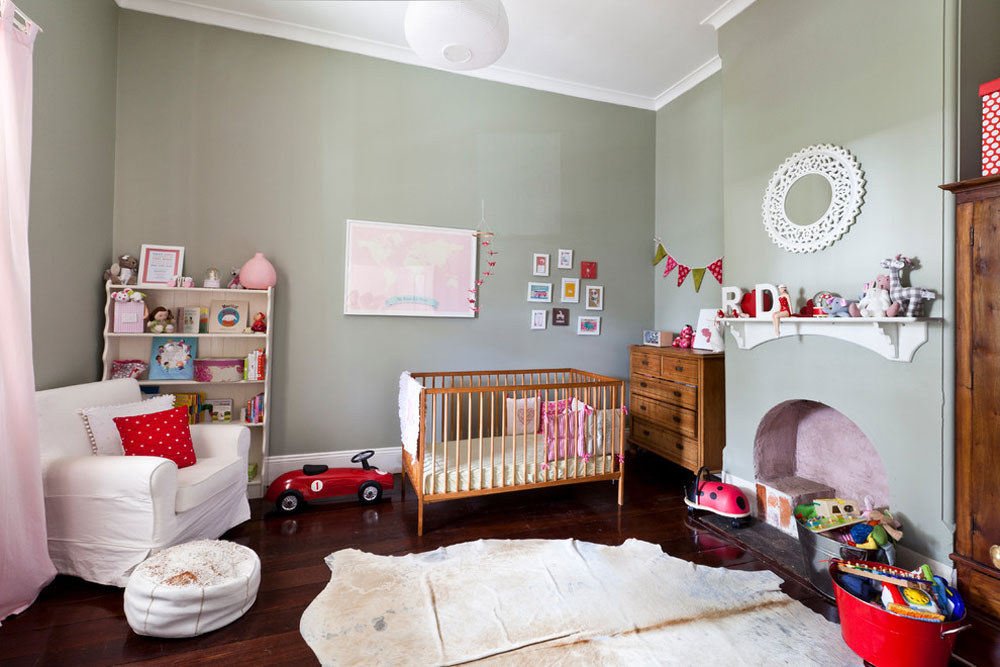 Image source: Sparkle and whistle
Image source: Sparkle and whistle
This whole complex combination of colors and feelings can have its drawbacks with baby room colors, especially at night as children are hyperactive and these energetic colors don’t help much with calming down. Hence, it is better to use them moderation.
One of the most interesting ideas for baby rooms is to paint a single wall with warm accents and combine them with decorations of the same color or create a contrast between warmer and colder colors. The color of the nursery creates a balance that reduces over-stimulation and negative energy.
A bright and happy orange
A warm and stimulating shade of orange is said to embody better social interaction and increase the desire for communication and interaction with the environment.
Despite its positive influence, an overabundance of orange, especially in a strong hue and especially for a room idea for boys and girls, could devour the energy of the room. There should be enough light to remove the overwhelming feeling normally associated with this color.
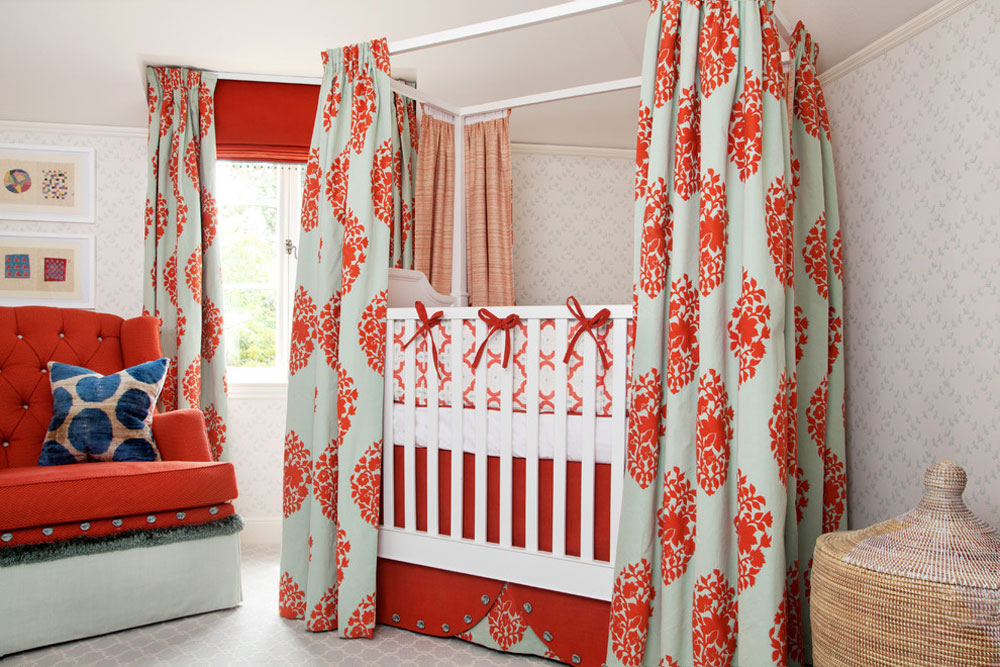 Image source: Interior design of the House of the Ruby
Image source: Interior design of the House of the Ruby
Red for a fiery burst of energy
The color of arousal fills the body with vitality and delights the mind with its bold appearance. The respiratory rate and heart rate increase under the influence of a red environment.
Spending too much time in such an environment, especially in the case of baby rooms, can increase aggressiveness or even decrease concentration.
While a red accent would add some energy to the room, it might not be wise to overuse this color when dealing with an extremely active child. Overall, these are the least inspired nursery ideas.
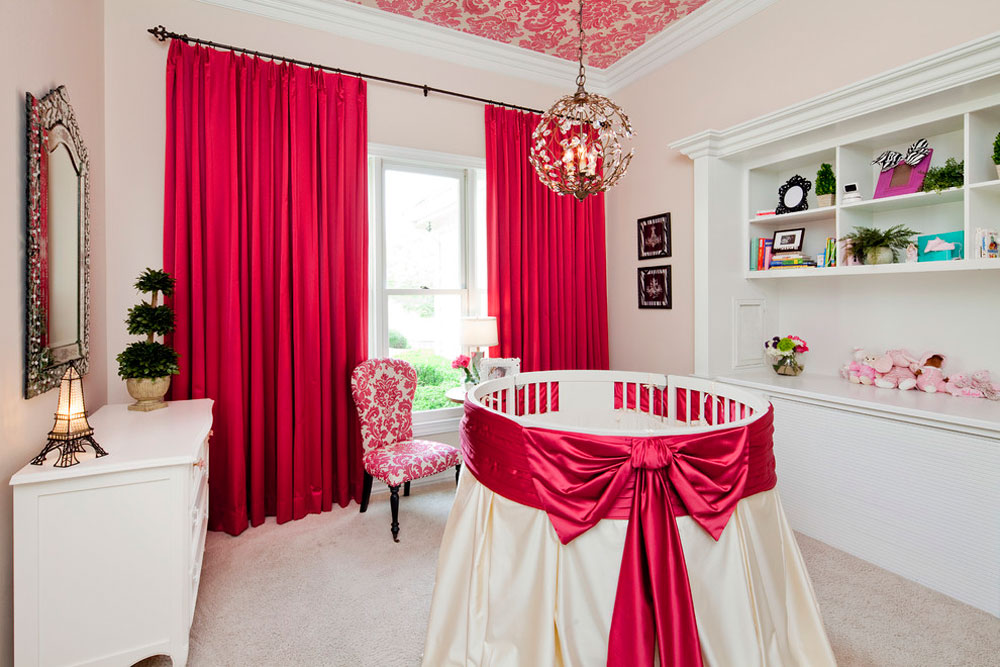 Image source: Bravo interior design
Image source: Bravo interior design
The healing power of blue
If you haven’t chosen the right tone, shades of blue, especially for kindergarten, can actually make you feel blue, according to psychologists. Gray blue tends to do this, as opposed to warm, light blue, which relieves stress and stimulates productivity.
Also, this color is not recommended for children who have trouble eating as it reduces appetite. Since it’s a cooler color, it can also be helpful for kids who get uncomfortably warm, and if the right decorations are chosen, it can inspire some cute room ideas.
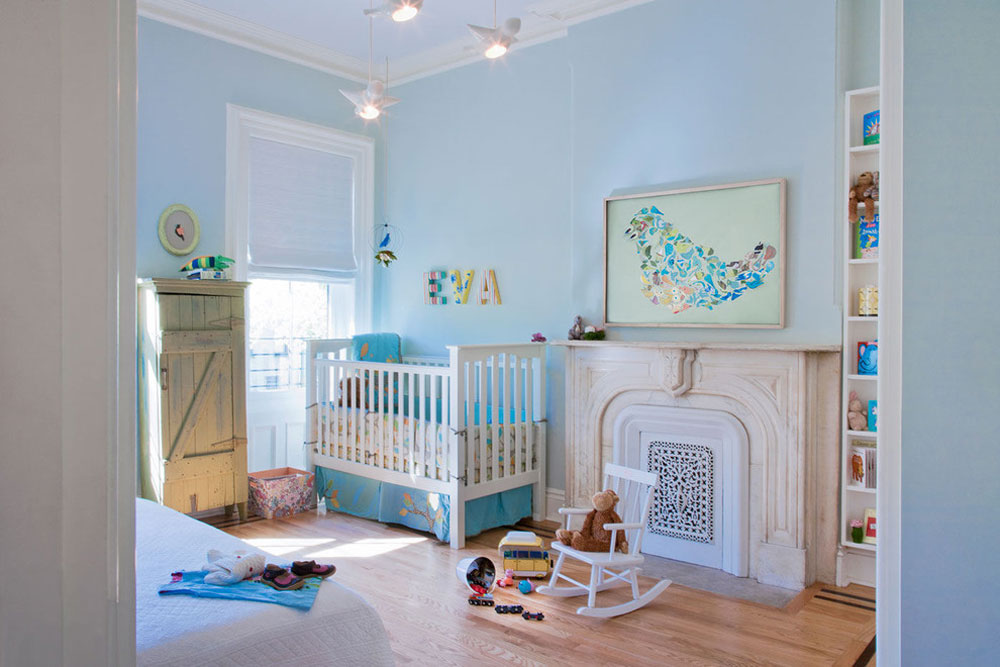 Image source: Jen Talbot Design
Image source: Jen Talbot Design
Pink for feminine vibrations
Childrens bedroom color psychology says that while pink is often associated with a little girl’s bedroom, it might also work well in a little boy’s room.
Behavioral researchers have observed the activities of children incarcerated in the San Bernardino County Parole Department, California, and watched their violent attitudes succumb to the calming effects of the custom-made 8 by 4 foot pink rooms. Hence, this choice of color could work perfectly as a boys nursery theme.
 Image source: McCroskey Interior’s
Image source: McCroskey Interior’s
The color itself gives off a calmer and more sensitive feeling. Even a boy’s nursery has space for this relaxing color, which can be picked up by decorating with subtle shades. Remember that anxiety is a common result of overusing this color. Therefore, use them only moderately as an idea for children’s room colors.
yellow
It’s bright, it’s happy – after all, it’s the color of the sun. Yellow for baby’s bedroom ideas can bring light to any room, but use too strong a hue and you may find your baby crying more. A big reason not to include it in your favorite kids room colors.
This happens because intellectual activity and muscle movement increase when surrounded by yellow. Therefore, the paint should be used at least as an add-on or just for decorative purposes. A softer yellow is more calming and perhaps a lighter choice. For small rooms, you prefer to play with a neutral baby color.
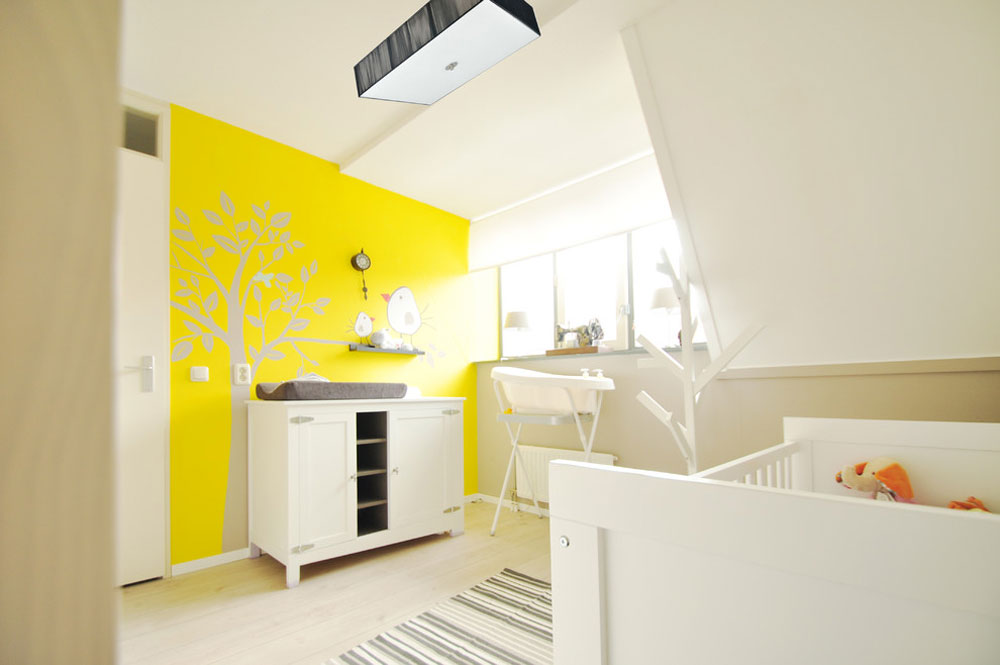 Image source: Beekman’s design
Image source: Beekman’s design
Aqua
The relaxing aqua color lowers blood pressure, brightens the body and cleanses the mind. Its light elements are slow and peaceful, but in excess can slow down the child’s development. However, it remains a modern kindergarten idea that is well worth considering.
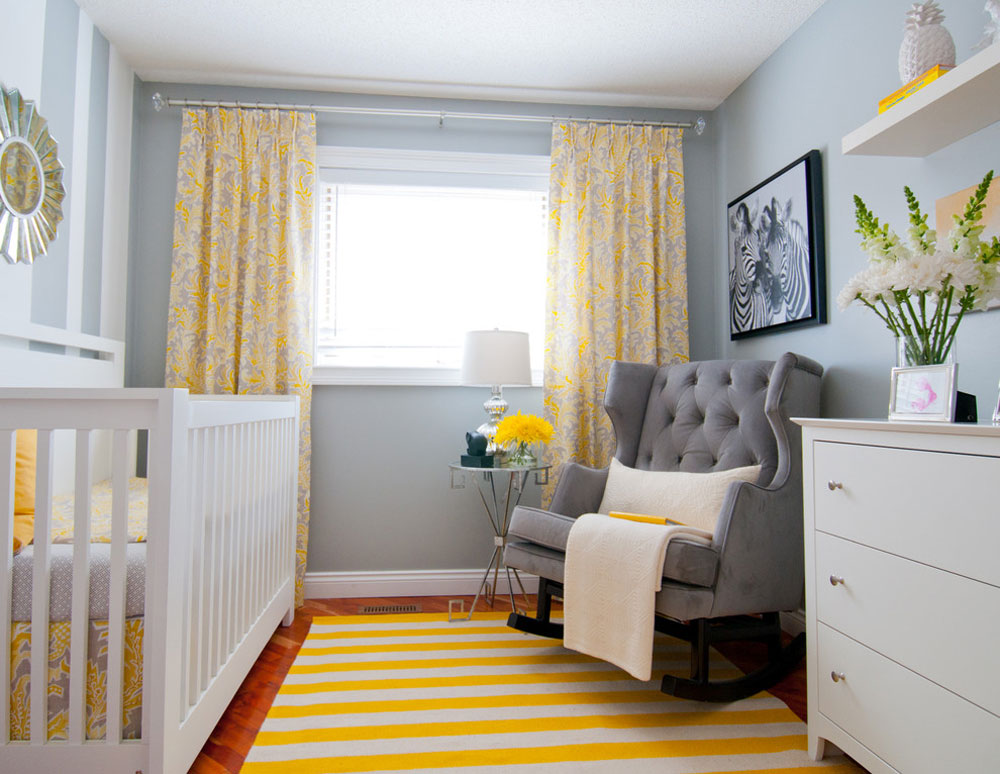 Image source: Alykhan Velji Design
Image source: Alykhan Velji Design
Colder colors
Such colors expand the space and make the whole landscape more calming and relaxing. The body and mind are stimulated by the soft tones of colder colors and also work in children’s rooms.
Of course, these colors also come with a list of precautions – if too sharp they can leave you feeling cold, unattractive.
Creamy neutrals and soft fabrics go well together if you want to soften the atmosphere. Regardless of the child’s gender, neutral colors are always recommended for babies.
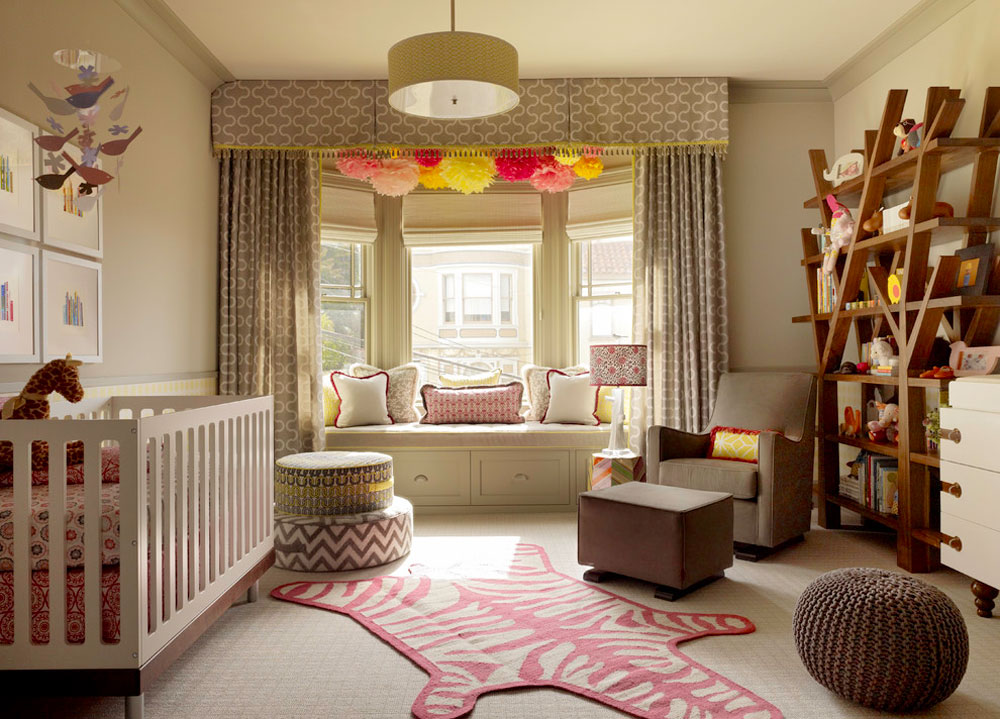 Image source: Jeffers Design Group
Image source: Jeffers Design Group
brown
Brown is a natural, earthy color and when used correctly, either dark brown or beige, creates a warm and grounded atmosphere in the room. Associating with repellent graphics can be a problem if they aren’t tinted properly. So be careful. This color can easily be added to a list of unisex nursery ideas.
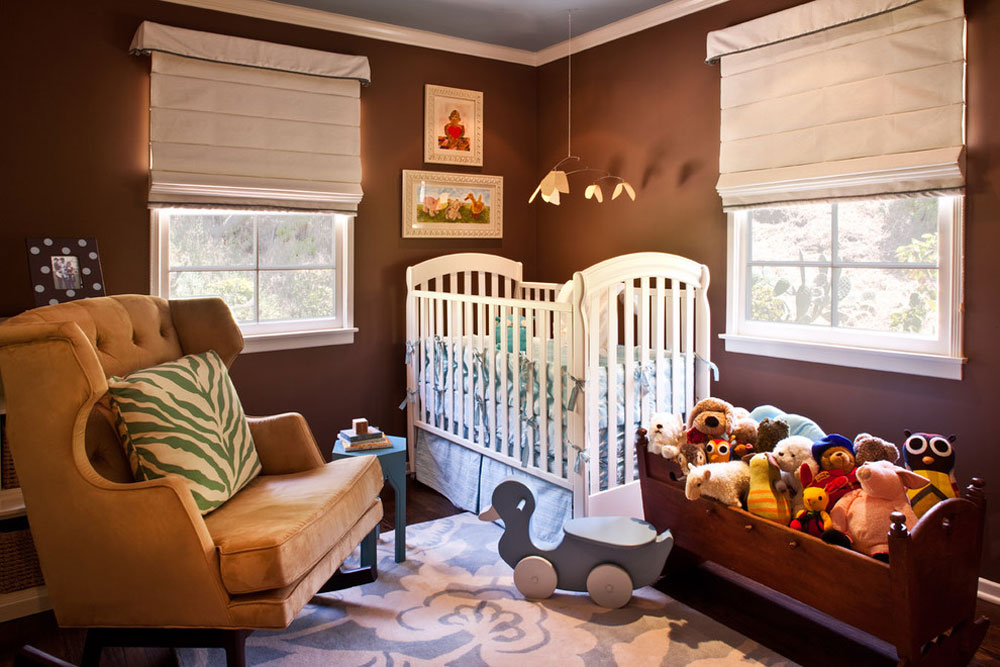 Image source: Elizabeth Gordon
Image source: Elizabeth Gordon
Gray
Neutral tones stimulate thought and encourage emotions. They can be combined well with strong accents and complex decorations. So don’t hesitate to use this down-to-earth tone among the baby room colors you choose.
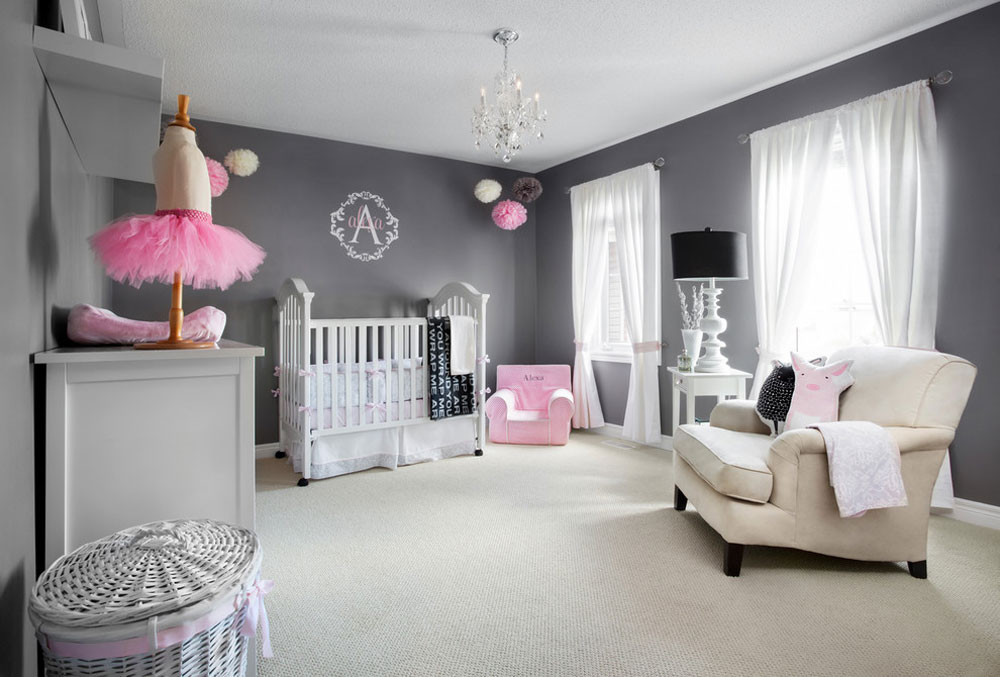 Image source: Lisa Petrole
Image source: Lisa Petrole
green
Green symbolizes nature and thus promotes a calm and calming environment. Green is associated with health, healing and wellbeing and has a calming effect on the body and mind, reducing anxiety and promoting concentration.
Exposure to the color green can even improve reading ability. According to a study that placed a transparent green leaf on top of the text, students improved their reading speed and understanding. Hence, you have plenty of reasons to consider this among kids room color schemes.
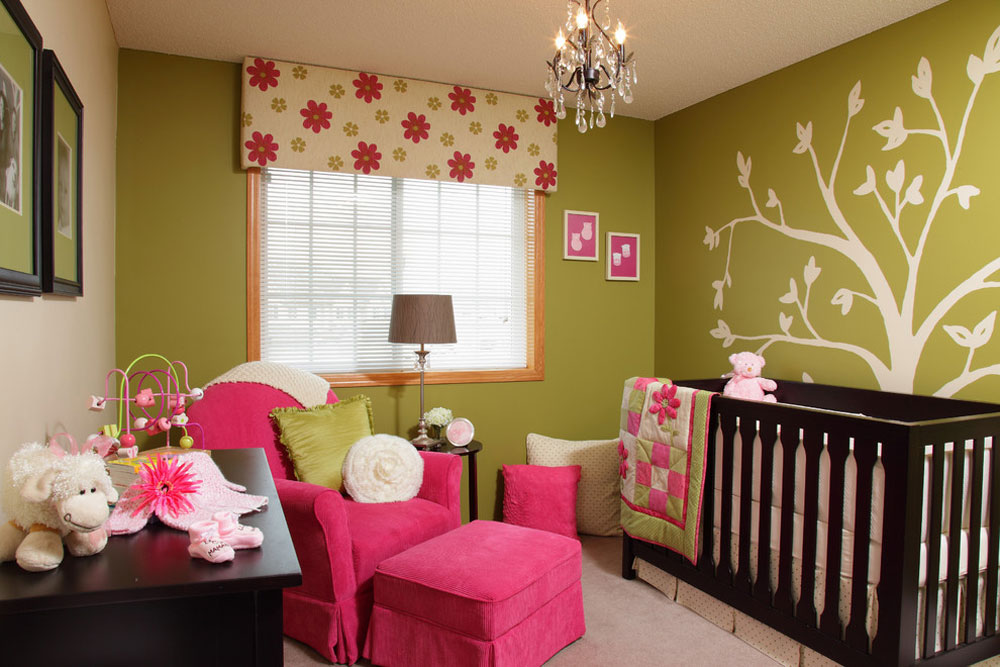 Image source: Che Bella Interiors
Image source: Che Bella Interiors
Purple – worthy, mysterious, luxurious
Purple has long been associated with royalties, and that is available to this day. Jewel tone purple is as regal as it gets. Pastel purples such as lavender and lilac have a more calming and relaxed effect, but still feel luxurious. Purple is rare in nature, so it’s the most “unnatural” color, and it isn’t one of the great nursery ideas to include it in your kids’ wall choices.
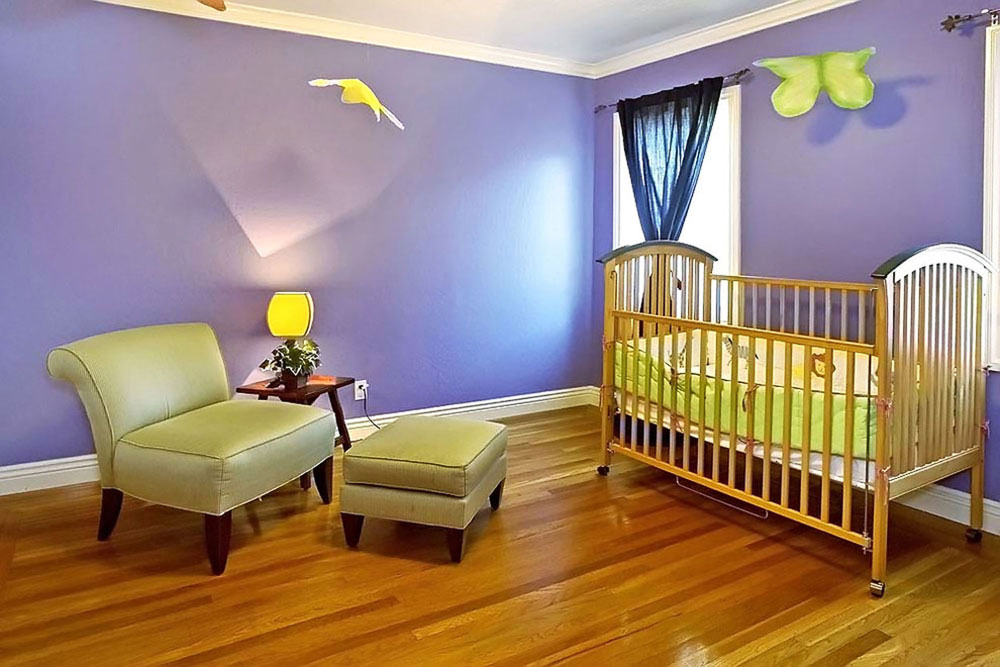 12th Image source: Mark Pinkerton – vi360 Photography
12th Image source: Mark Pinkerton – vi360 Photography
The science behind the correlation between color and human behavior is neither accurate nor definitive. But it does give us a few color hints about bedroom design for the little ones and decorating the baby room in general. As with adults, studies have shown that infants love purple more than any other color.
Purple even trumps the widely used cooler blues and mellow pinks and instantly attracts their attention and keeps them interested for a long time. It is also easy on the eyes. Luxurious, serene, and stylish, purple is probably the perfect choice for a gender-neutral nursery and one of the most popular baby colors.
White
It brings hope, energy, and power to conversion. Get positive out of closed and bonded children. their self-assessment increases. It is best used in combination with other colors. If you are looking for small kindergarten ideas this color will create the impression of a larger room and therefore completely change the perspective.
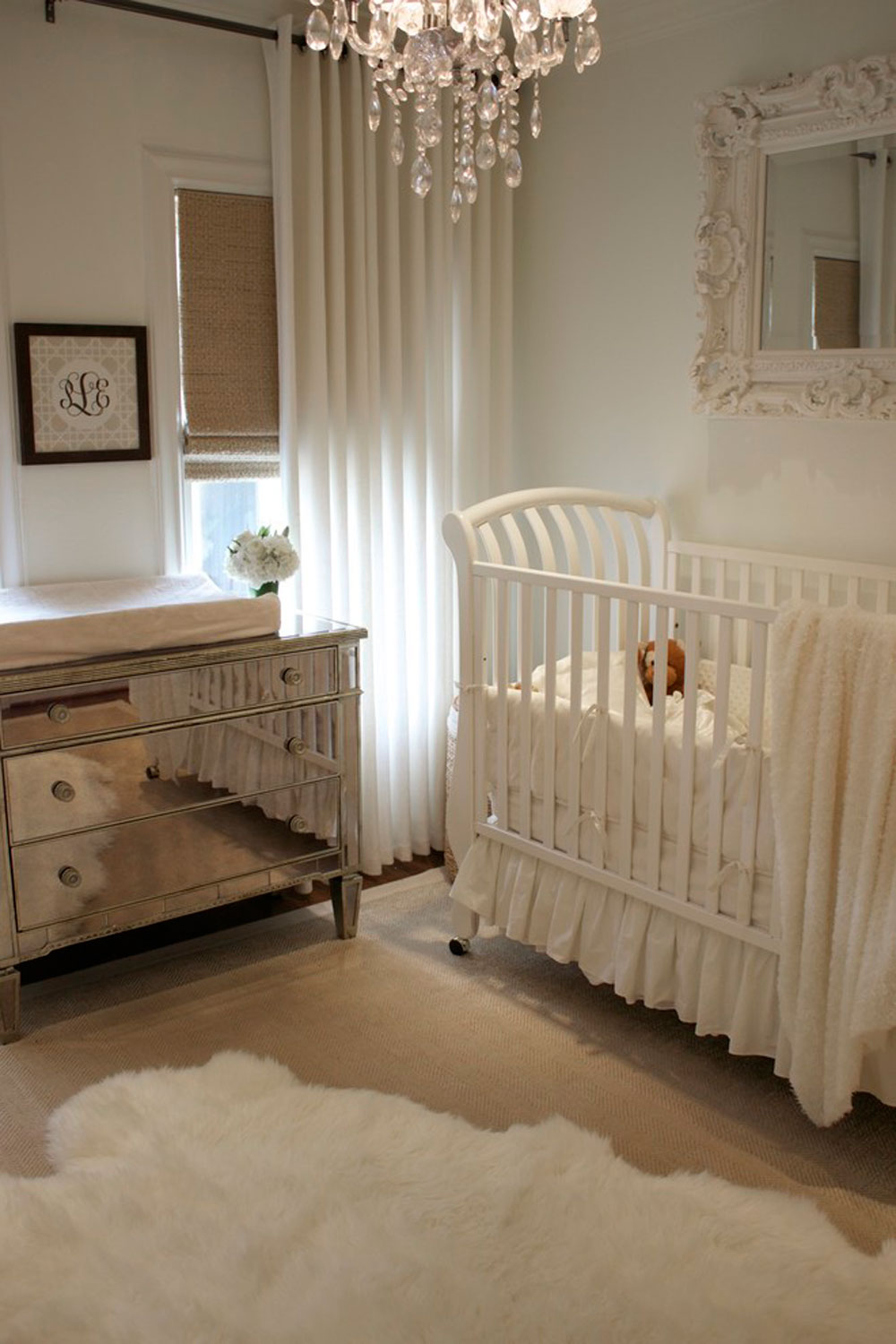 Image source: Amy Lambert Lee
Image source: Amy Lambert Lee
black
Nurseries rarely have black features and using this color is not an inspired idea for nursery decorations. This is because it is a color that should always be used in moderation. It’s powerful and dark, so use it when the room has large windows, lots of natural light, and in combination with contrasting hues.
Finally
While science can make useful generalizations, remember that psychological responses and perceptions are deeply personal and subjective. You may perceive a color differently based on your own cultural and personal preferences, and that’s fine.
If your little boy loves the color red, don’t worry about the ill effects. The ideas for baby rooms can be as diverse as the personality of children in general. The brain should recognize what it needs and like and will reward us for the following direction. In other words, if your baby is happy, his brain is happy too.
If you enjoyed reading this article on this psychology of baby room colors, you should read this too:
 Flower Love
Flower Love
